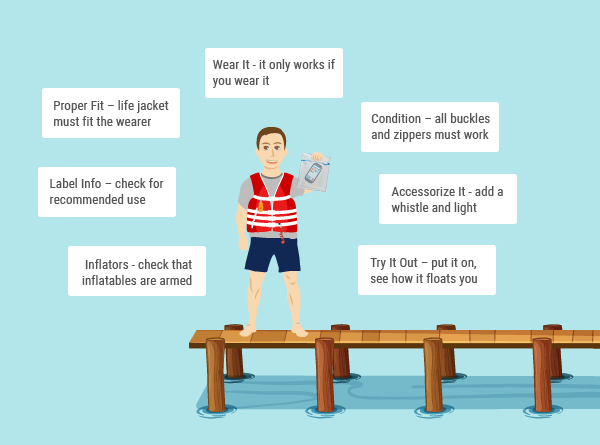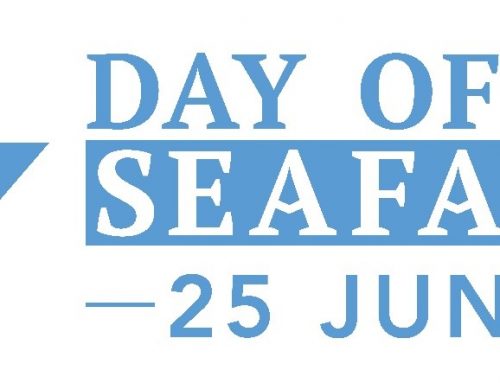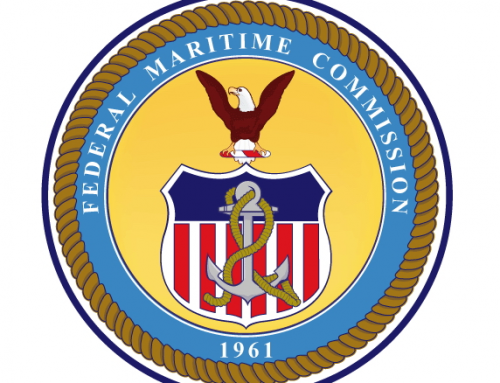Did you know that this is National Boating Week?
And that the safest thing to do on the water is to wear your life jacket.
Also known as PFD; Personal Flotation Device.
Follow these simple steps:
- Select: the correct life jacket for the activity.
- Inspect: Be sure it is in good condition, with proper belts, buckles, material not torn or worn, etc.
- Wear It: Put it on correctly, tighten the straps.
- Have fun!


OK, now for the details:
Life Jackets have gotten much better than when I was a kid. There historically are 4 different types, designed for different activities:
Type 1
Offshore boating, boating alone, or in bad weather. These have the greatest buoyancy, but can be bulky.
Type II
Inland waters, during daytime. (best for smaller boats?) Can include some inflatable models
Type III
Supervised activities (such as races, where others are nearby and watching) and active kayaking, canoeing, or PWC. Can include some inflatable models.
Type IV
Sometimes called throwables. Toss to a person in the water, for emergency or additional flotation. (keep one or two in cockpit whenever boating.)


There now are new labels on life jackets, following a simpler and easier US Coast Guard designation.
Here is an example of the new label:

Take time to read about and distinguish between the different types and classes.
The higher the number on the label, the more flotation (buoyancy) it provides.
Most life jackets today are 70. Depending on your activities and circumstances, you may need one with more flotation.
WEARING THE RIGHT LIFE JACKET CAN SAVE YOUR LIFE.
ARE YOU WORTH IT?
This information and more is from the Boat US Foundation (a 501c3 organization that fosters boating safety) at www.Boatus.org/life-jackets/
The above is the opinion of the writer at Herd Law Firm, PLLC and should not be taken as legal advice.






